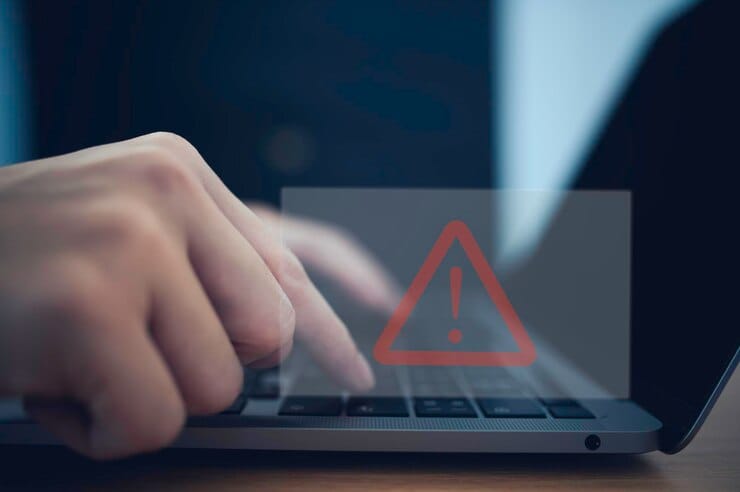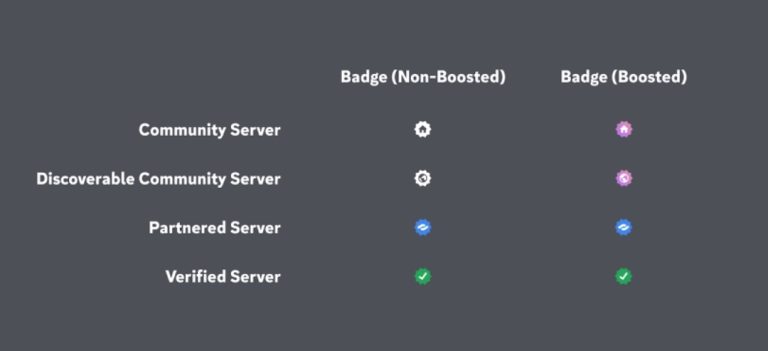How to Prevent Data Loss: Proactive Strategies and Solutions
Asenqua Tech is reader-supported. When you buy through links on our site, we may earn an affiliate commission.
Introduction:
In our digital era, losing data is a major concern for individuals and organizations due to its potential for financial loss, reputation damage, and disruptions in operations. To safeguard valuable information and ensure business continuity, it’s crucial to adopt proactive strategies to prevent data loss. This article explores various proactive measures, including best practices, advanced protection techniques, common threats, avenues for recovery, and methods to recover data from HDD (Hard Disk Drive) or any other drive, to address this pressing issue.
Data Loss Prevention Best Practices: 8 Essential Tips:
- Regular Data Backups:
- Schedule regular backups of critical data to ensure its availability in the event of unexpected events such as hardware failures, cyber attacks, or accidental deletions.
- Utilize both local and cloud-based backup solutions for redundancy and accessibility.
- Automate backup processes to ensure consistency and minimize the risk of human error.
- Data Encryption:
- Encrypt sensitive data to protect it from unauthorized access and ensure confidentiality.
- Implement robust encryption algorithms and key management practices to safeguard data both at rest and in transit.
- Access Control and User Permissions:
- Enforce strict access control measures to limit who can access, modify, or delete sensitive data.
- Implement role-based access control (RBAC) and least privilege principles to minimize the risk of insider threats and unauthorized access.
- Employee Training and Awareness:
- Offer thorough training to staff on best practices for data security, covering topics like maintaining secure passwords, recognizing phishing attempts, and practicing safe browsing habits.
- Foster a culture of data security and accountability within the organization through ongoing education and awareness campaigns.
- Implementing Multi-Factor Authentication (MFA):
- Make logins more secure by using MFA, which means users have to give more than one way of proving who they are before they can get into important data or systems. MFA adds another level of safety, lowering the chances of someone getting in with stolen or hacked passwords.
- Regular Security Audits and Updates:
- Check your systems regularly to find any problems or weaknesses that could make them less secure. Also, make sure to keep all your software, operating systems, and security tools up to date with the newest fixes and improvements. This helps protect against known issues that hackers could exploit to get into your systems.
- Disaster Recovery Planning:
- Develop and maintain a comprehensive disaster recovery plan outlining steps to be taken in the event of data loss or system outages.
- Define recovery time objectives (RTO) and recovery point objectives (RPO) to guide recovery efforts and minimize downtime.
- Data Loss Prevention (DLP) Solutions:
- Deploy DLP solutions to monitor, detect, and prevent unauthorized data exfiltration or leakage.
- Implement policies and rules to identify sensitive data, monitor its usage, and enforce security controls to prevent data loss incidents.
Advanced Strategies for Data Protection:
Advanced data protection techniques leverage cutting-edge technologies and methodologies to enhance data security and resilience. These may include:
- Blockchain Technology: Implementing blockchain-based solutions for secure and immutable data storage and transactions.
- Data Masking and Anonymization: Masking sensitive data to replace it with fictitious but realistic data, ensuring privacy and compliance with regulations.
- Homomorphic Encryption: Enabling computation on encrypted data without decrypting it, preserving privacy while allowing for analysis and processing.
- Zero Trust Architecture: Adopting a zero-trust approach to security, where access is never implicitly trusted, and strict access controls are enforced based on identity, device, and context.
- Using Artificial Intelligence (AI) and Machine Learning (ML): AI and ML technologies help find unusual activities, predict potential threats, and automatically respond to security issues. These algorithms analyze patterns in data to detect anomalies and identify possible security risks before they become problems. This proactive approach improves security by addressing threats quickly and efficiently.
Key Risks Causing Irreversible Data Loss:
- Ransomware Attacks: Malicious software that encrypts data and demands ransom for decryption keys, posing a significant threat to data integrity and availability.
- Insider Threats: Employees, contractors, or partners with malicious intent or negligent behavior that can lead to data breaches or loss.
- Hardware Failures: When storage devices, servers, or networking equipment get physically damaged or stop working properly, it can lead to data loss.
- Natural Disasters: Earthquakes, floods, fires, or storms are examples of catastrophic events that can damage infrastructure and cause data loss.
- Human Error: Accidentally deleting, overwriting, or misconfiguring data by employees or administrators can result in permanent loss of information.
Seeking Assistance After Data Loss: Stellar Data Recovery:
In the unfortunate event of data loss despite proactive measures, it is crucial to seek professional assistance for data recovery. Stellar Data Recovery is a trusted provider of data recovery services, specializing in recovering lost or inaccessible data from various storage devices and file systems. Their team of experts utilizes advanced techniques and proprietary tools to retrieve data in the most challenging scenarios, ensuring minimal downtime and maximum data recovery success.
In conclusion, preventing data loss requires a proactive approach encompassing best practices, advanced protection techniques, and awareness of potential threats. By implementing these proactive strategies and solutions, organizations can mitigate the risk of data loss and safeguard their valuable information assets. However, in cases where data loss occurs, consulting experts such as Stellar Data Recovery can help recover lost data and minimize the impact on business operations.






